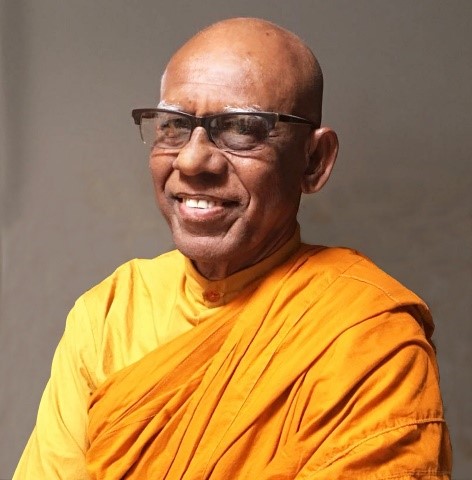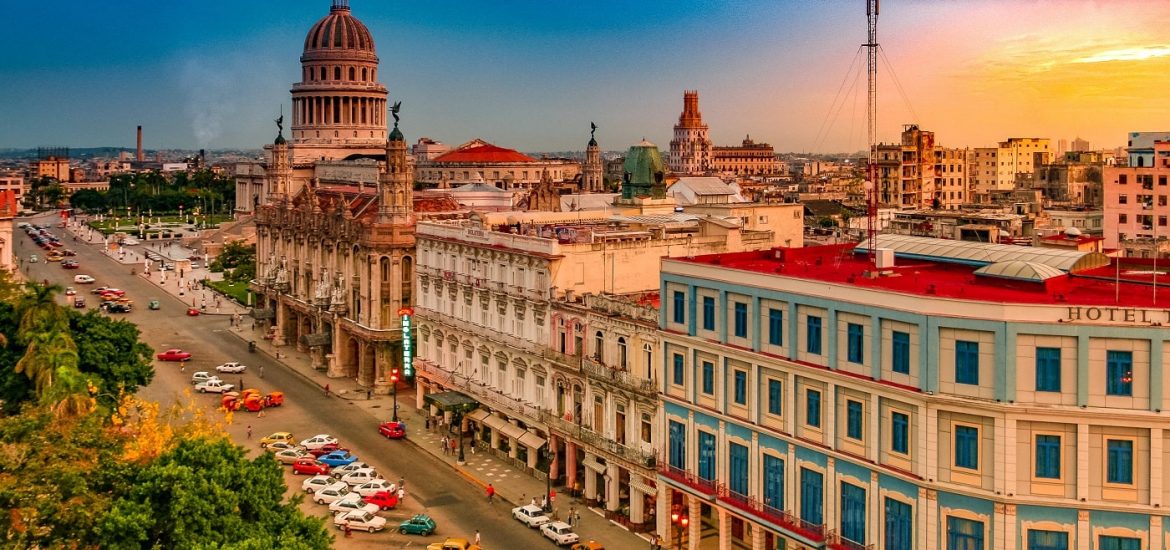Think of Cuba, and one might see in the mind’s eye fine cigars and cocktails by the beach, ironic and decontextualized Che Guevara art, and romantic hotels and bars in the midst of Havana’s scenic buildings and streets. Yet there is something unusual developing in this misunderstood and oft-romanticized country: an interest in the Buddhist Dharma and the communities growing around this awareness. To date there is no concerted coverage of Buddhist developments in Cuba, which is why our team at Buddhistdoor en Español (BDE) is hard at work covering this gap in journalistic and scholarly literature.
Two of the most prolific writers of Buddhism in Cuba are Dr. Eduardo Francisco Freyre Roach and Dr. Douglas Calvo Gainza. Dr. Roach is a philosophy-trained scholar and currently resides in Hong Kong. Dr. Gainza is a Cuba-based researcher who specializes in religion and philosophy. He is a translator of spiritual literature and has been a contributor to BDE since 2020. Through BDE as a platform, Dr. Roach and Dr. Gainza have been tirelessly covering the developments in Havana and across Cuba, which have otherwise not been reported in any media, including Buddhist ones. This makes their work groundbreaking and unique even among the small but growing body of Spanish-language literature on Buddhism.
Dr. Roach, who has a Master degree in Buddhist Studies from The University of Hong Kong, wrote an article in 2020 titled, Presencia del budismo en Cuba. This essay is an idiosyncratic outline of the evolution of Buddhism in Cuba, from its beginnings in the waves of immigration of Chinese people to Cuba in the 19th Century, to the current situation of gradual, tentative growth in the wake of decades of state intervention in public religious life of Cubans.
As with many other countries, Cuba has seen gradual growth in the three broad schools of Buddhism: Theravada, Mahayana, and Vajrayana. The last few decades have seen increased exposure and awareness of Buddhist activities in Cuba, but Cubans self-identifying as Buddhist still constitute only 0.05% of the population. Nevertheless, according to Dr. Roach, many Cubans have felt sympathy for Buddhism in a general sense, and the Cuban writer and national icon José Martí (1853–95) was said to have been interested in Buddhism.

In the past few years, a Sri-Lankan born monk, Ven. Mihita, has almost single-handedly carried the Theravada Buddhist tradition on his shoulders. In 2020, Dr. Gainza wrote an article titled, «Desechar las etiquetas y buscar la verdad»: El Ven. Bhikkhu Mihita y el budismo Theravada en Cuba. In this interview, Ven. Mihita reveals his initial contact with Cuba and why he has devoted a great portion of his religious calling to the growth of Theravada Buddhism and meditative learning in Cuba. In this country rooted in tradition, both Catholic and socialist, rituals and customs are profoundly esteemed. That is why the slow and gradual entry of Vesak and other Buddhist events and festivals into Cuban society is so important.
Dr. Gainza’s 2021 article, Wesak theravada virtual en Cuba. Todo gran árbol nace de una pequeña semilla, covers the very first online Cuban Vesak, which was celebrated on 19 May 2021. The event was broadcast in the midst of the pandemic via Google Meet from the Toronto Mahavihara Temple, where Bhikkhu Mihita officiated with other monks. Some of the members of the emerging Buddhist community in Cuba and some people from other Latin American countries participated in the virtual ceremony.
Next post, we will take a look at the Mahayana tradition in Cuba, whose community has also largely depended on the leadership of a select one or two visionary Buddhist monks.


